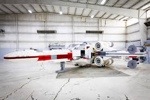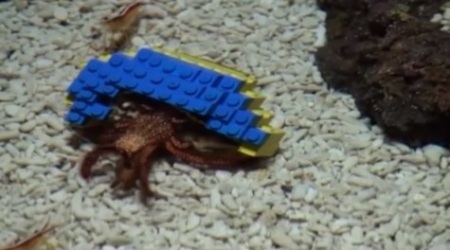Study: Lego faces have been getting ‘angrier’ over last 20 years
Lego minifigures appear to be getting angrier and angrier, according to a new study that examined hundreds of Lego heads manufactured since their first launch in 1975.
The University of Canterbury team, led by Christoph Bartneck of the university’s Human Interface Technology Lab, wanted to explore one way Lego might be influencing children through play. Toys, and play time, are considered vital to the development of emotional understanding in children, and with an average of 75 Lego blocks per human on Earth it makes sense to see what kinds of emotions Lego is presenting to children.
Bartneck looked at 3,655 Lego figures manufactured between 1975 and 2010, finding there were 628 different unique faces that would form the dataset. These faces were categorised according to which of six emotions they seemed to represent — anger, disgust, fear, happiness, sadness or surprise — and how intense that emotion appeared to be.
The ranking was outsourced to 264 members of Amazon’s Mechanical Turk, who each ranked each of the faces to give emotional averages. The emotions on display weren’t mutually exclusive, too — so, for example, one head might look a five for surprise, with a two for happiness.
On average, heads displayed 3.9 different emotions, which means that for a lot of the faces their emotional state is reasonably complex and ambiguous. 324 heads were judged to be dominantly happy, 192 angry, 49 sad, 28 disgusted, 23 surprised and 11 afraid.
However, when historical trends were taken into account, “the trend is for an increasing proportion of angry faces, with a concomitant reduction in happy faces”, Bartneck writes in the study. While Lego has been introducing a greater number of new faces at a faster rate since the early 90s, the happy/angry balance has slowly been moving away from the former and towards the latter.
This chimes with an increase in tie-in Lego sets that have war or conflict themes, Bartneck argues: “We cannot help but wonder how the move from only positive faces to an increasing number of negative faces impacts how children play. Lego has a considerable array of weapon systems in [its] program, although the weapons mainly appear in the fictional themes. Their presence indicated that also Lego is moving towards a more conflict based play themes.”
It could mean that “the children that grow up with Lego today will remember not only smileys, but also anger and fear in the Minifigures’ faces.”
Source: © Ian Steadman, Wired.co.uk





